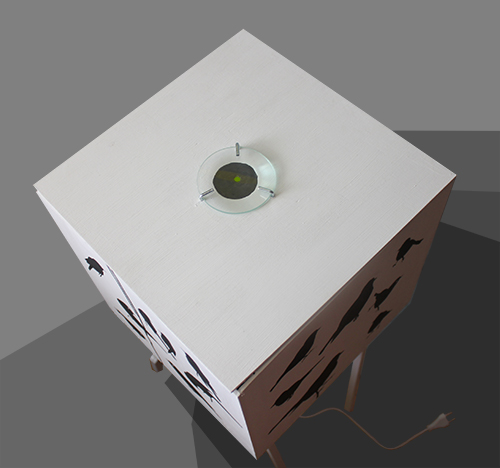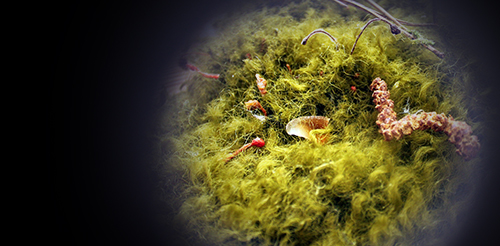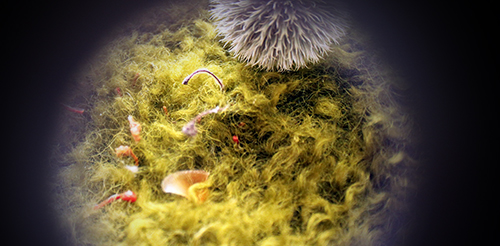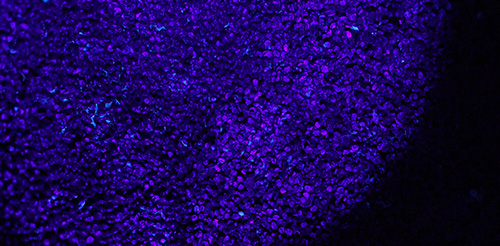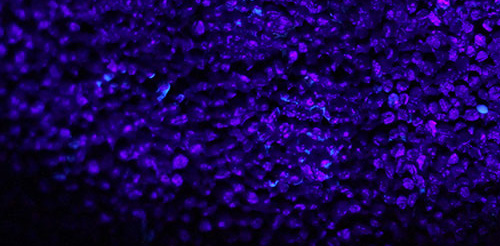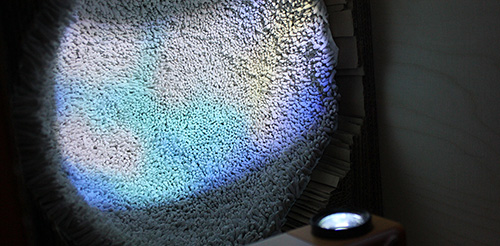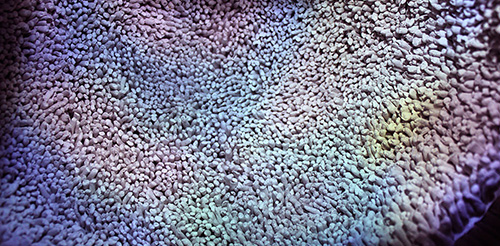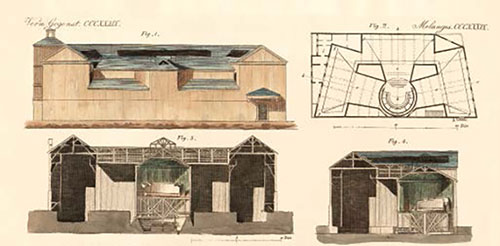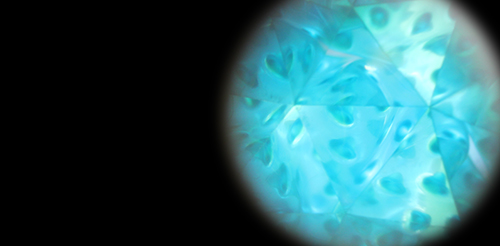
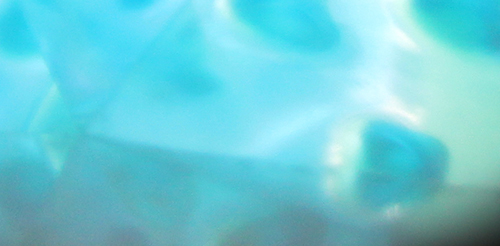
DIORAMA FOR INSECTS
Butterflies use colour vision when searching for flowers. Unlike the trichromatic retinas of humans (blue, green and red cones; plus rods) and honeybees (ultraviolet, blue and green photoreceptors), butterfly retinas typically have six or more photoreceptor classes with distinct spectral sensitivities.
In some butterflies, the spectral sensitivities of the light-sensing cells even differ between the sexes of one species, which is called “sexual dimorphism.” In the small white butterfly, Pieris rapae, only females have violet-sensitive cells, while males instead have double-peaked blue-sensing cells.
Color Vision: The ability to detect differences in the wavelengths making up light, rather than just the brightness of the light.
Light-Sensing Cell (Or “Photoreceptor”): A special type of nerve cell found in animal eyes that produces electrical signals when light shines on it.
Compound Eye: The kind of eye that most insects and crustaceans have. It consists of many units called ommatidia. Each ommatidium has a lens with a bundle of light-sensing cells underneath.
| to the left, DIORAMA FOR A INSECTS Colour filters, transparent paper, light |
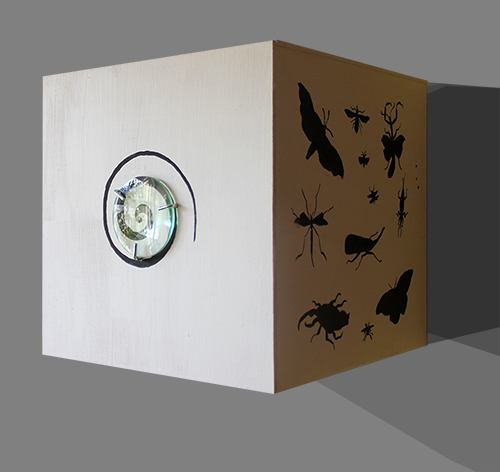
DIORAMA FOR INSECTS
Shown at ”Nordens Lys 10 + 10”
Dronninglund Kunstcenter, Denmark
11. sep. – 7. nov. 2021
Wooden box 30 x 30 x 30 cm
Lens and lamp
Light, transparent filters
